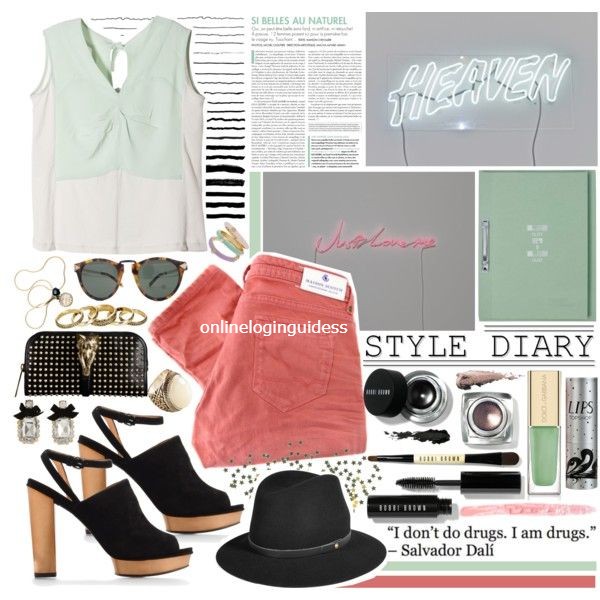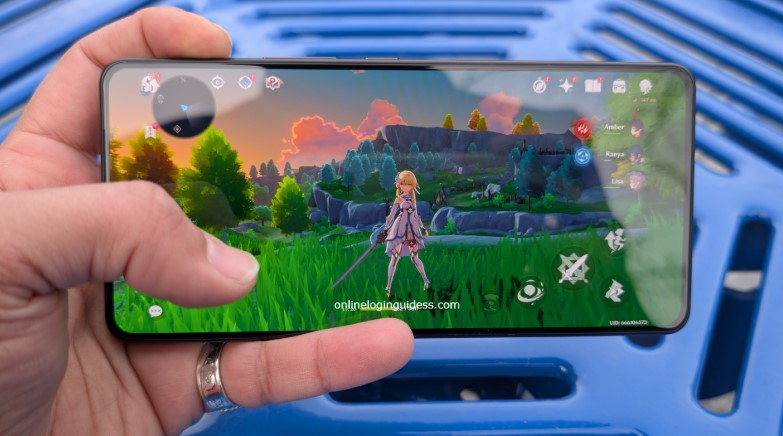Modern Fashion: The Evolution of Style in the 21st Century
Introduction: The Changing Face of Fashion Fashion, once a symbol of status and tradition, has transformed dramatically in

Introduction: The Changing Face of Fashion
Fashion, once a symbol of status and tradition, has transformed dramatically in the 21st century. What we wear today is not just about aesthetics—it’s about identity, sustainability, innovation, and cultural expression. Modern fashion reflects a rapidly shifting global society, where trends move faster, diversity is celebrated, and digital influence is stronger than ever.
This article explores the evolution of modern fashion, the role of technology and sustainability, the rise of streetwear, gender-neutral styles, and what the future of fashion looks like.

The Digital Revolution in Fashion
The internet has revolutionized every industry, and fashion is no exception. Social media platforms like Instagram, TikTok, and Pinterest have become key drivers of trends. Instead of waiting for magazines or runway shows, people now get their fashion inspiration in real time.
Influencer culture has created a new class of trendsetters—ordinary individuals who can shape global fashion conversations from their bedrooms. Brands have shifted their marketing strategies to focus more on influencer collaborations, user-generated content, and viral trends.
E-commerce has made fashion more accessible than ever. With a few clicks, consumers can explore styles from around the world. Fast fashion brands such as Zara, H&M, and Shein have built empires based on quick delivery and ever-changing inventory. However, this rapid consumption has sparked debates around sustainability, ethical labor, and overproduction.
Streeteamwear: From Subculture to Mainstr
Streetwear, once a niche subculture rooted in skateboarding, hip-hop, and graffiti art, has now become a dominant force in global fashion. Brands like Supreme, Off-White, and A Bathing Ape (BAPE) redefined what it means to be fashionable by prioritizing comfort, individuality, and limited-edition drops.
Streetwear is characterized by oversized silhouettes, bold graphics, sneakers, and a laid-back aesthetic. It has blurred the lines between luxury and casual, with high-end fashion houses like Louis Vuitton and Balenciaga incorporating street style into their collections.
The popularity of sneakers, in particular, showcases how modern fashion emphasizes utility and comfort. Sneaker culture has evolved into a billion-dollar industry, with collectors treating shoes like artwork.
Sustainability and Conscious Fashion
One of the biggest shifts in modern fashion is the growing emphasis on sustainability. As climate change and environmental concerns grow more urgent, both brands and consumers are rethinking their fashion choices.
Eco-conscious brands like Patagonia, Stella McCartney, and Reformation are leading the charge in promoting slow fashion—an alternative to fast fashion that emphasizes quality, ethical labor, and reduced environmental impact. Terms like upcycling, circular fashion, and carbon-neutral clothing are becoming more common in the industry.
Modern consumers are more educated and concerned about where their clothes come from. Movements like #WhoMadeMyClothes and documentaries like The True Cost have sparked awareness around sweatshop labor and pollution caused by fashion waste.
Vintage shopping and thrift flipping have also surged in popularity. Gen Z, in particular, champions sustainable practices by reusing and repurposing old clothes to create fresh, stylish looks.
The Rise of Gender-Neutral and Inclusive Fashion
Modern fashion is more inclusive than ever. Designers and brands are increasingly breaking away from traditional gender binaries, creating collections that celebrate fluidity and individuality.
Labels like Telfar, Collina Strada, and Harris Reed have championed gender-neutral fashion, where clothing is designed without regard to male or female categories. Major retailers like Zara and ASOS have introduced unisex lines, while fashion shows feature models of all gender identities, body types, and backgrounds.
The fashion industry is also becoming more inclusive in terms of body positivity. Plus-size models and real-sized mannequins are now seen more frequently in campaigns, stores, and runways. Brands like Savage X Fenty and Aerie have gained acclaim for their efforts in promoting body diversity.
This shift reflects a deeper societal change—one where personal expression, acceptance, and representation matter more than fitting into a specific mold.
Technology and Innovation in Fashion
Technology is playing a groundbreaking role in the evolution of fashion. From smart fabrics to AI-generated designs, the industry is embracing innovation like never before.
Smart clothing includes garments that can monitor heart rate, regulate temperature, or even charge your phone. Companies like Levi’s and Google have experimented with wearable tech, such as the Jacquard jacket.
Virtual fashion is another frontier. Digital fashion houses like The Fabricant and DressX sell clothes that only exist online. These virtual outfits can be worn in the metaverse or added to photos and videos on social media—no fabric or waste involved.
3D printing, augmented reality (AR) fitting rooms, and blockchain-based fashion authentication (NFTs) are also making waves. As the digital and physical worlds continue to merge, fashion is becoming more interactive, personalized, and futuristic.

Global Influence and Cultural Fusion
Modern fashion is no longer dictated solely by Paris, Milan, London, or New York. It has become truly global, influenced by cultures, traditions, and creatives from all over the world.
African prints, South Asian embroidery, Japanese minimalism, and Latin American craftsmanship are now celebrated on international runways. K-pop and Korean fashion, driven by stars like BTS and Blackpink, have taken over global street style.
The fusion of traditional and contemporary elements has given rise to cultural hybrid fashion—where heritage meets modern aesthetics. This blending promotes cross-cultural appreciation and creativity, though it also raises conversations around cultural appropriation vs. cultural appreciation.
The Role of Personal Identity in Fashion
More than ever, fashion has become a tool for self-expression. In the age of social media, how one dresses is a reflection of personality, values, and beliefs.
People use fashion to communicate who they are: from political messages (like slogan T-shirts) to lifestyle statements (like eco-friendly brands), or to align with certain subcultures (goth, cottagecore, dark academia, etc.).
Fashion is no longer about fitting in; it’s about standing out. The modern consumer wants authenticity, uniqueness, and meaning in their wardrobe choices.
The Future of Modern Fashion
Looking ahead, the future of modern fashion will be shaped by innovation, sustainability, and inclusivity. With AI-driven design, virtual reality shopping experiences, and sustainable production methods, the possibilities are endless.
Key predictions for the future:
More personalized fashion experiences powered by data.
Digital wardrobes for online avatars.
Greater push for zero-waste manufacturing.
Community-driven microtrends.
Continued fusion of art, tech, and identity.
Fashion in the 21st century is not just what we wear—it’s a statement of who we are and where we’re going as a society.

Greater push for zero-waste manufacturing.
Modern fashion is a powerful reflection of our time. It tells stories of technology, cultural shifts, personal identity, and global awareness. From the streets of Tokyo to digital catwalks in the metaverse, fashion today is vibrant, inclusive, and constantly evolving.
As consumers, we play a crucial role in shaping this industry. By choosing more consciously, celebrating diversity, and embracing innovation, we contribute to a future where fashion isn’t just stylish—but smart, sustainable, and meaningful.
Let me know if you’d like this article formatted for a blog or website (with subheadings, SEO keywords, or meta description), or translated into another language.












